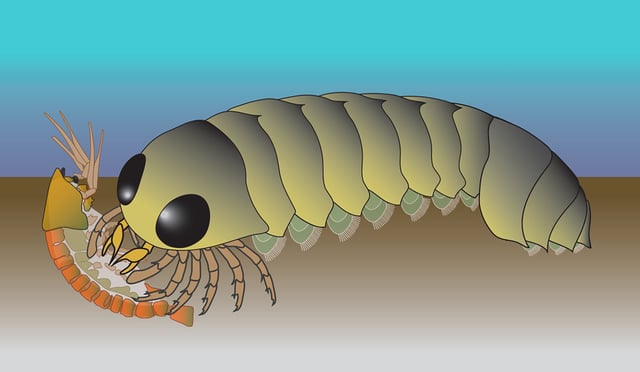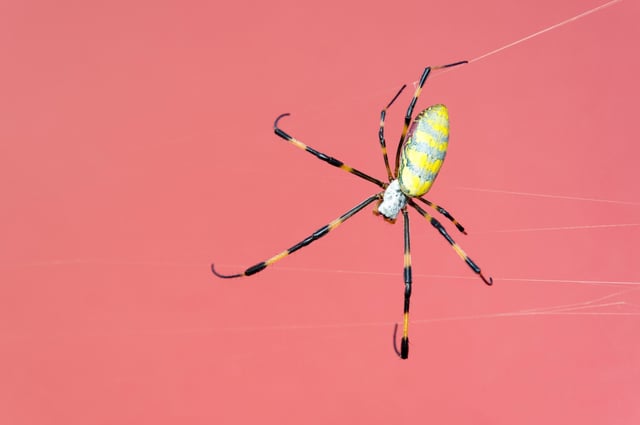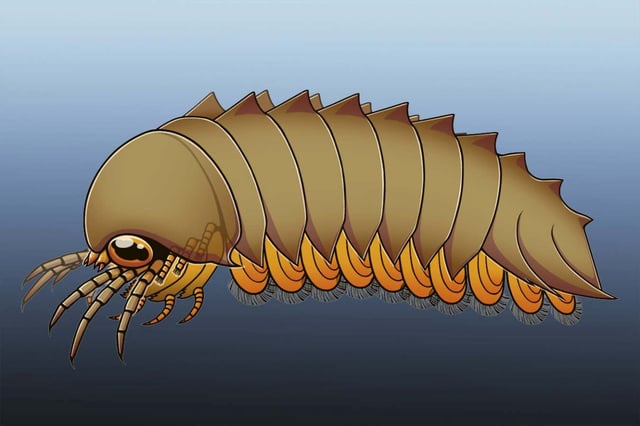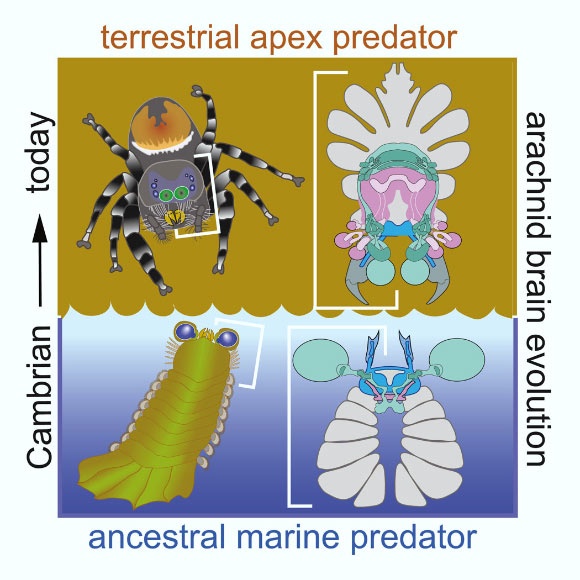Overview
- Mollisonia’s fossilized prosoma exhibits a reversed, radiating ganglia pattern identical to living spiders and scorpions, distinguishing it from crab-like ancestors.
- Quantitative comparison of 115 anatomical traits positions Mollisonia symmetrica as a sister lineage to modern arachnids rather than a basal chelicerate.
- Publication in Current Biology confirms that key arachnid neural traits first appeared in marine environments during the Cambrian.
- The aquatic arachnid lineage implied by this discovery may have later transitioned to land, preying on early insects and influencing the evolution of insect wings.
- Researchers are now probing how the back-to-front nervous system facilitated arachnid motor control and shaped their ecological dominance.



